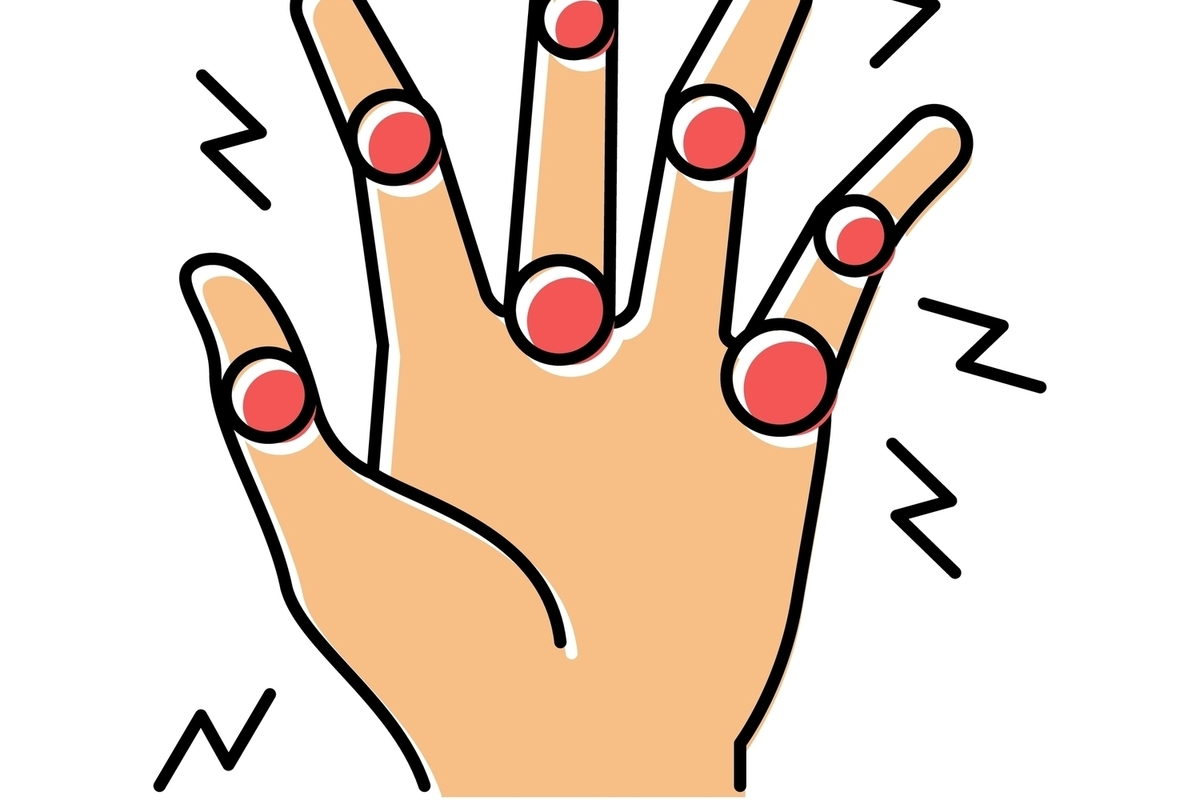Recognizing the Very First Signs of Rheumatoid Arthritis

Rheumatoid arthritis (RA) is a chronic inflammatory disorder that primarily affects the joints. Early detection is crucial for managing symptoms and preventing long-term damage. Understanding the very first signs of rheumatoid arthritis can help individuals seek timely medical intervention and improve their quality of life.
Rheumatoid arthritis is an autoimmune condition where the immune system mistakenly attacks the body’s tissues, particularly the synovium—the lining of the membranes that surround the joints. This leads to inflammation, which can cause joint damage if not treated promptly. Identifying the early signs of RA is essential for effective management and treatment. Here are some of the initial symptoms to watch for:
-
Joint Pain and Stiffness : One of the earliest signs of RA is persistent joint pain and stiffness, especially in the morning or after periods of inactivity. This discomfort often starts in the smaller joints, such as those in the hands and feet, and can gradually spread to larger joints.
-
Swelling and Redness : Inflammation caused by RA can lead to noticeable swelling and redness around the affected joints. This swelling may be accompanied by a feeling of warmth in the joints.
-
Fatigue : Chronic fatigue is a common early symptom of RA. This overwhelming tiredness can be debilitating and is often accompanied by a general feeling of malaise or flu-like symptoms.
-
Fever : Low-grade fever can occur as the body’s immune system responds to the inflammation. While not always present, it can be an early indicator of RA.
-
Loss of Joint Function : As RA progresses, individuals may experience a decrease in their range of motion and joint function. This can make everyday tasks, such as gripping objects or walking, increasingly difficult.
-
Symmetrical Symptoms : RA typically affects joints on both sides of the body symmetrically. For example, if one wrist is affected, the other wrist is likely to be affected as well.
-
Numbness and Tingling : Inflammation from RA can put pressure on nerves, leading to sensations of numbness and tingling in the hands and feet. This is often referred to as carpal tunnel syndrome when it affects the wrists.
-
Weight Loss : Unintentional weight loss can occur in the early stages of RA due to the body’s increased metabolic rate as it fights inflammation.
-
Morning Stiffness : Prolonged stiffness in the joints upon waking is a hallmark of RA. This stiffness can last for an hour or more and is often one of the first symptoms to appear.
-
Small Joint Involvement : RA often begins in the small joints of the hands and feet. Early signs may include pain and stiffness in the knuckles, wrists, and toes.
Recognizing these early signs and seeking medical advice promptly can lead to a more accurate diagnosis and effective treatment plan. Rheumatologists typically use a combination of physical examinations, blood tests, and imaging studies to diagnose RA and assess its severity.
Early detection of rheumatoid arthritis is vital for managing the disease and preventing joint damage. By being aware of the very first signs of RA, individuals can seek timely medical intervention and begin appropriate treatment. If you experience persistent joint pain, swelling, or other symptoms mentioned above, consult a healthcare professional for a thorough evaluation. Early and proactive management can significantly improve the quality of life for those living with rheumatoid arthritis.



